By Megan Source:China Tibet News 2016-04-27
According to the long-term remote sensing data and ground-base observation data released by the Institute of Tibetan Plateau Research under Chinese Academy of Sciences, in the past 30 years, the glacier area on the Tibetan Plateau and its adjacent areas has decreased from 530 million square kilometers to 450 million square kilometers due to rising temperature, a reduction of 15%. Of the 46,000 glaciers in China, the majority are distributed on the Tibetan Plateau. It is predicted that the frozen earth will continue to shrink till the vast majority of glaciers and ever frozen layers disappear, which will affect water bodies of the region, snow cover, river run-off and even the fresh water supply throughout Asia. Glacier's response to the climate change can be best seen in the melting progress of the glacier. Meanwhile, due to glacier melt, water level in 152 of the 200 lakes in the region with altimeter data rose, while that in the rest 48 dropped. The latest scientific evaluation report on environmental change of the Tibetan plateau was published by the Institute of Tibetan Plateau Research under Chinese Academy of Sciences in November, 2015. As the climate is getting warmer and water circulation is strengthened, the The overall situation of ecological system on the Tibetan plateau is improving, the ecological environment on the plateau shall receive good protection as well. With an average altitude of over 4,500 meters, Tibetan plateau, which is known as the core of "The Third Pole," refers to the areas mainly within southwest China's Tibet Autonomous Region.
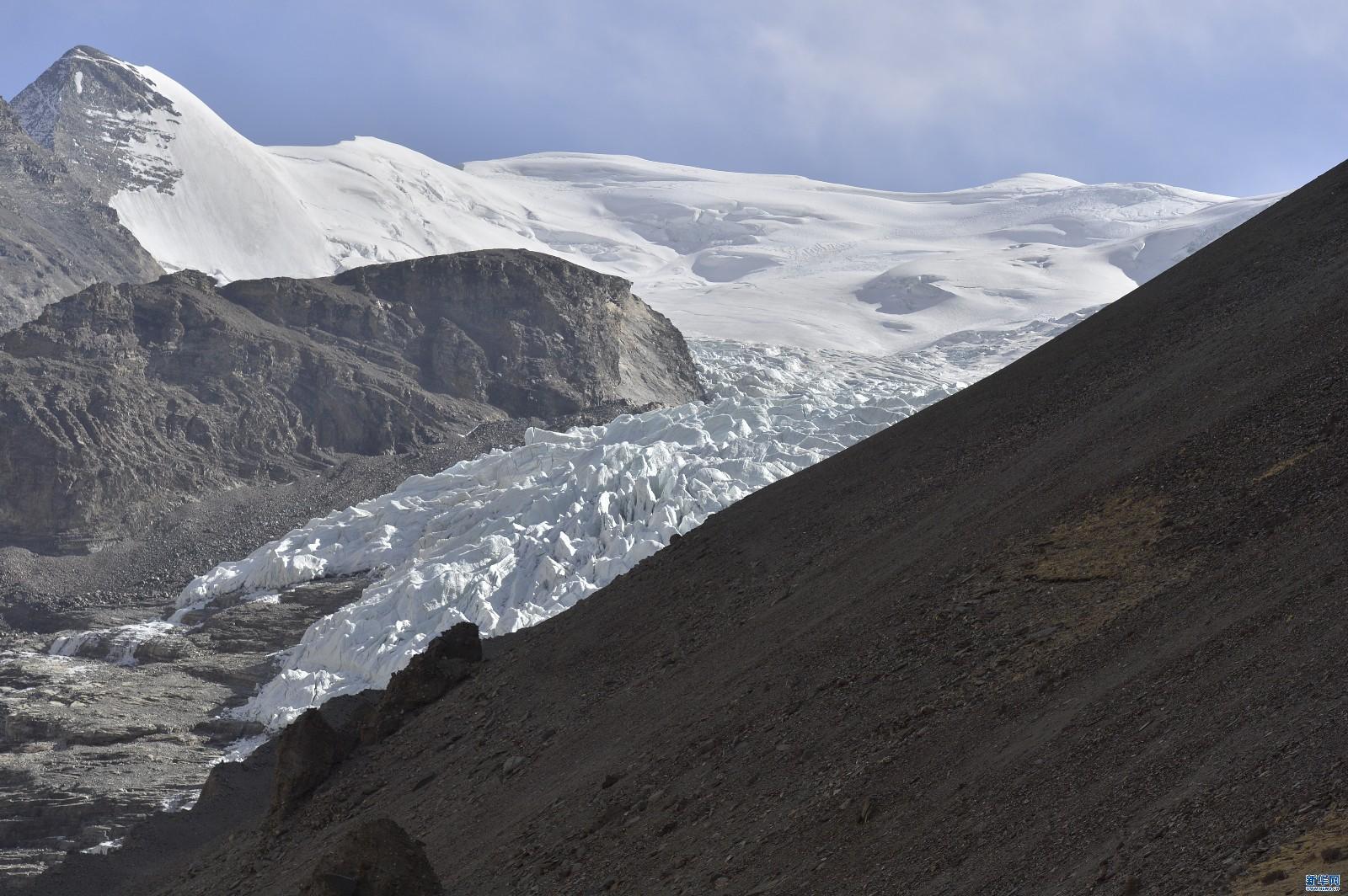
Photo taken on February 21, 2016 shows that the Gyangsang Lahm glacier of Nangarze County, Shannan Prefecture, southwest China’s Tibet Autonomous Region is retreating and melting.
According to the long-term remote sensing data and ground-base observation data released by the Institute of Tibetan Plateau Research under Chinese Academy of Sciences, in the past 30 years, the glacier area on the Tibetan Plateau and its adjacent areas has decreased from 530 million square kilometers to 450 million square kilometers due to rising temperature, a reduction of 15%.
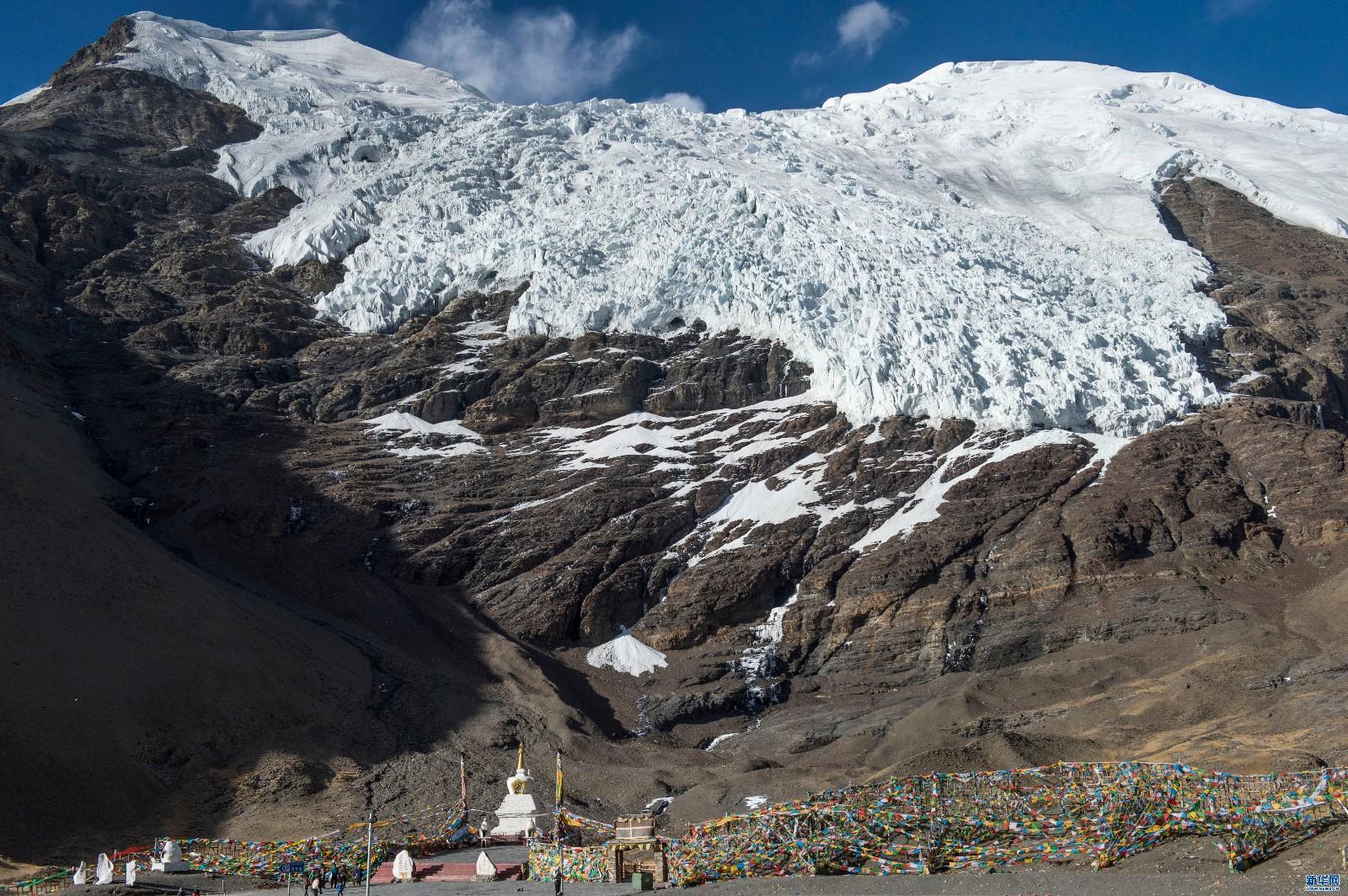
Photo taken on February 21, 2016 shows that the Karub Glacier of Nangarze County, Shannan Prefecture, southwest China’s Tibet Autonomous Region is retreating and melting.
According to the long-term remote sensing data and ground-base observation data released by the Institute of Tibetan Plateau Research under Chinese Academy of Sciences, in the past 30 years, the glacier area on the Tibetan Plateau and its adjacent areas has decreased from 530 million square kilometers to 450 million square kilometers due to rising temperature, a reduction of 15%.
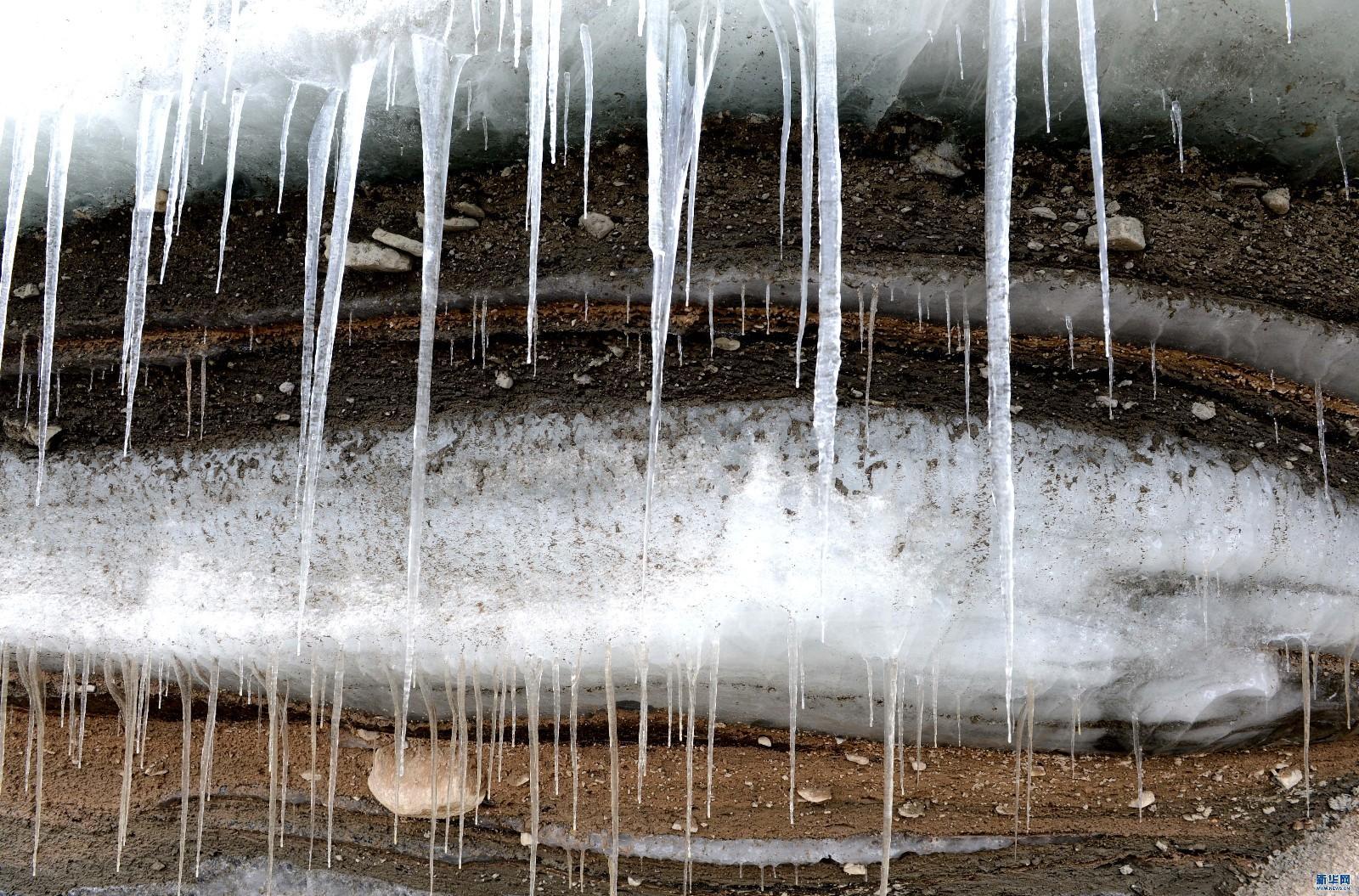
Photo taken on December 19, 2011 shows that the Phulrom Gangri Glacier of Shuanghu County, Naqu Prefecture, southwest China’s Tibet Autonomous Region is retreating and melting.
According to the long-term remote sensing data and ground-base observation data released by the Institute of Tibetan Plateau Research under Chinese Academy of Sciences, in the past 30 years, the glacier area on the Tibetan Plateau and its adjacent areas has decreased from 530 million square kilometers to 450 million square kilometers due to rising temperature, a reduction of 15%.
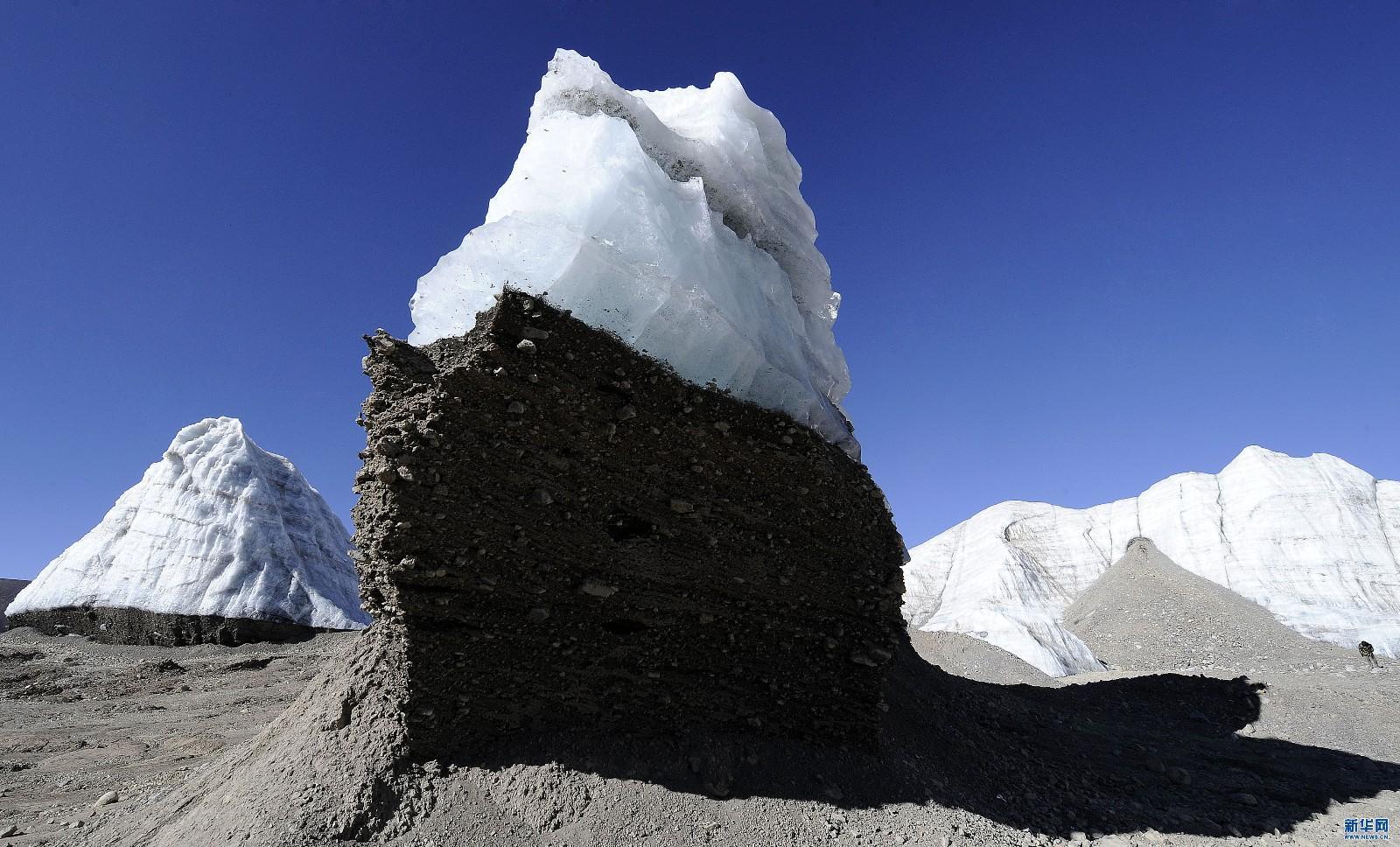
Photo taken on December 19, 2011 shows that the Phulrom Gangri Glacier of Shuanghu County, Naqu Prefecture, southwest China’s Tibet Autonomous Region is retreating and melting.
According to the long-term remote sensing data and ground-base observation data released by the Institute of Tibetan Plateau Research under Chinese Academy of Sciences, in the past 30 years, the glacier area on the Tibetan Plateau and its adjacent areas has decreased from 530 million square kilometers to 450 million square kilometers due to rising temperature, a reduction of 15%.
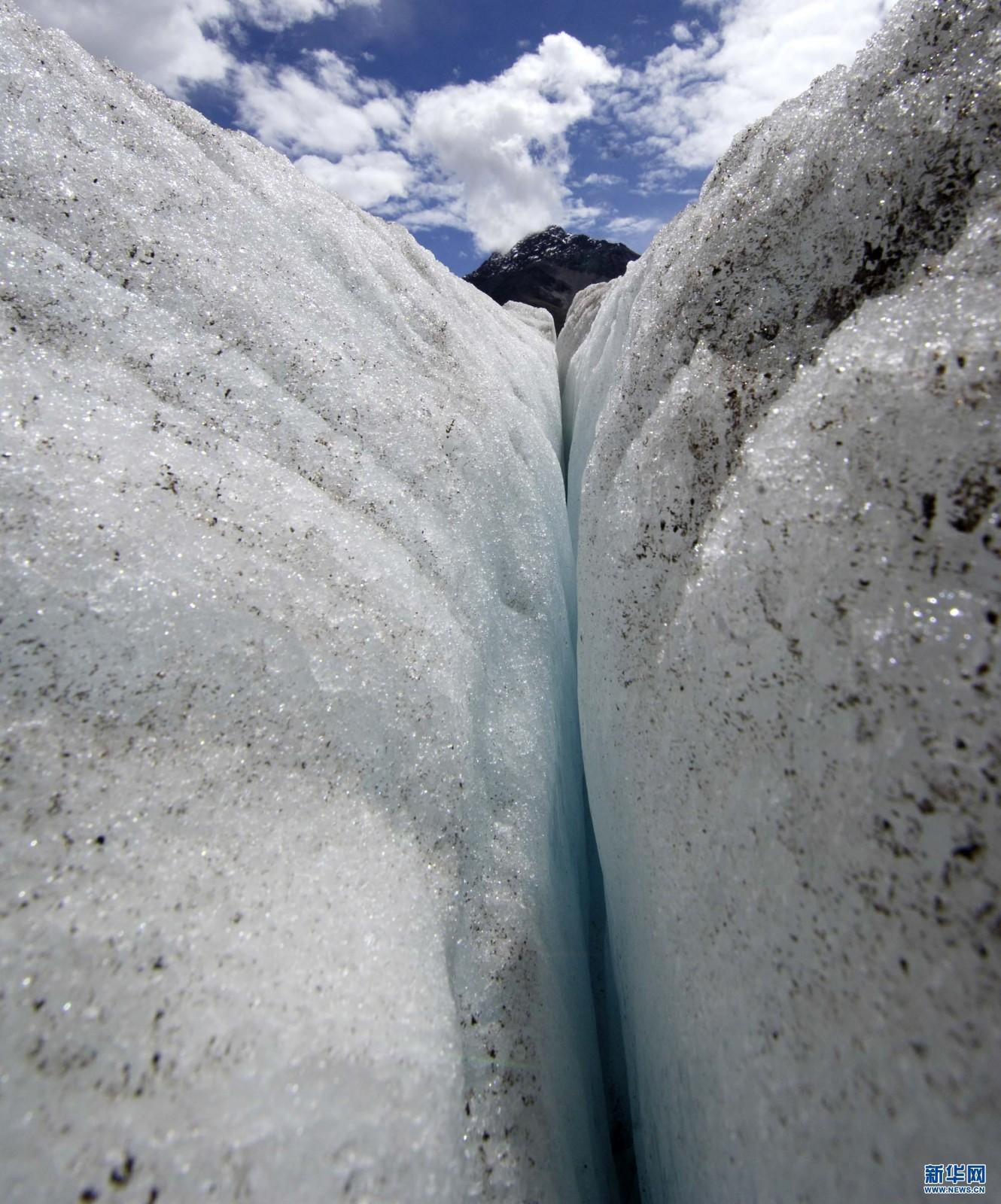
Photo taken on September 20, 2007 shows that the Mindul Glacier of Shuanghu County, Naqu Prefecture, southwest China’s Tibet Autonomous Region is retreating and melting.
According to the long-term remote sensing data and ground-base observation data released by the Institute of Tibetan Plateau Research under Chinese Academy of Sciences, in the past 30 years, the glacier area on the Tibetan Plateau and its adjacent areas has decreased from 530 million square kilometers to 450 million square kilometers due to rising temperature, a reduction of 15%.
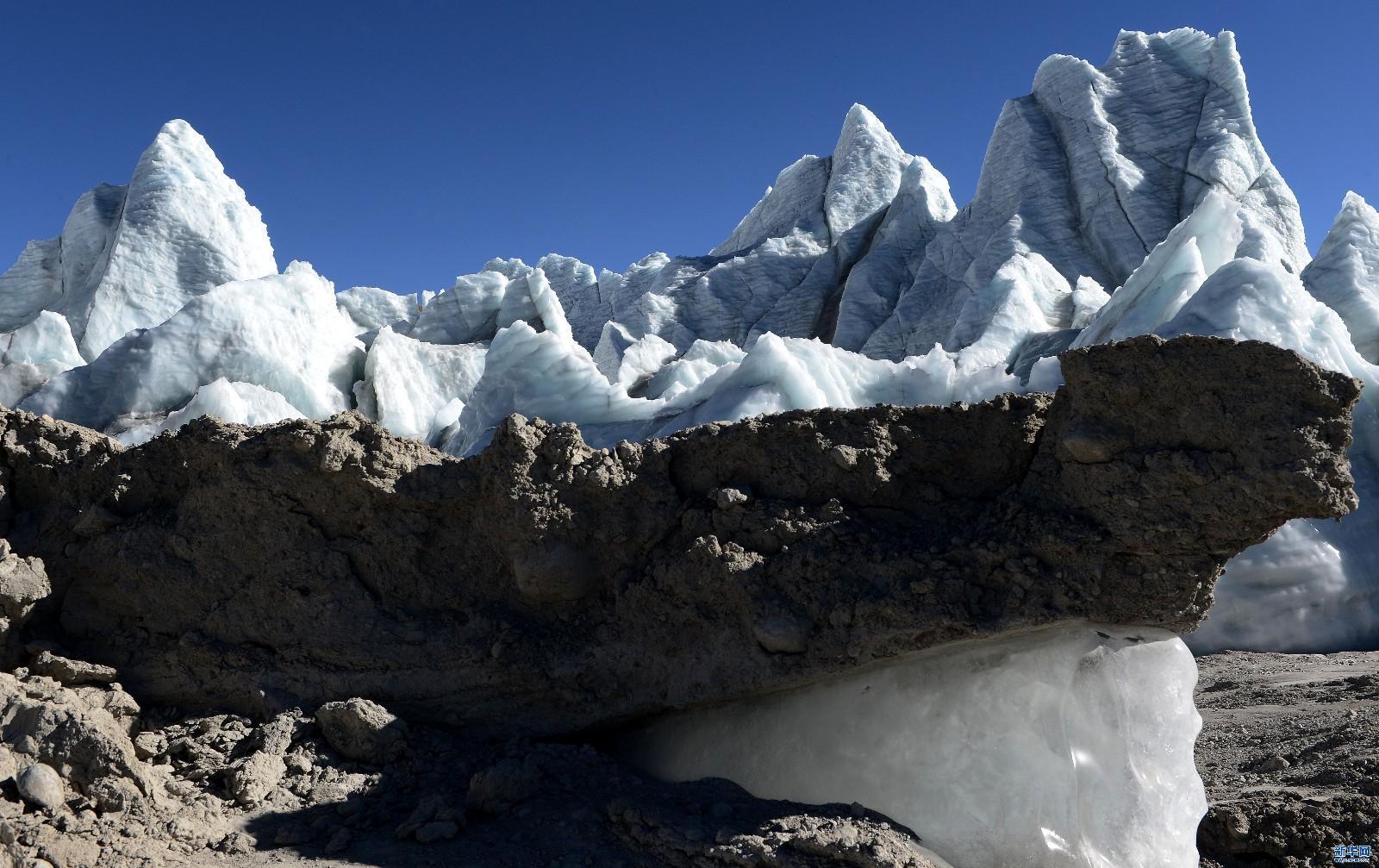
Photo taken on December 6, 2014 shows that the Gangbu Glacier of Nangarze County, Shannan Prefecture, southwest China’s Tibet Autonomous Region is retreating and melting.
According to the long-term remote sensing data and ground-base observation data released by the Institute of Tibetan Plateau Research under Chinese Academy of Sciences, in the past 30 years, the glacier area on the Tibetan Plateau and its adjacent areas has decreased from 530 million square kilometers to 450 million square kilometers due to rising temperature, a reduction of 15%.
Copyright © Xizang Daily & China Xizang News All rights reserved
Reproduction in whole or in part without permissions prohibited
Index Code: 藏 ICP 备 05000021 号
Producer: Xizang Daily International Communication Center